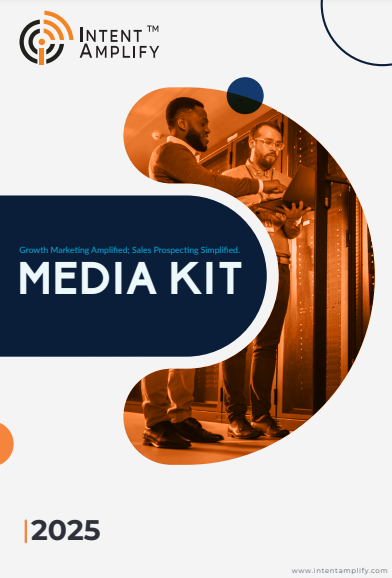
From Cold Leads to Warm Conversations: How Demand Generation Transforms B2B Sales
- Last updated on: June 26, 2025
There’s a moment in every marketer’s career when the truth hits harder than a data breach. Traditional lead generation isn’t working anymore. You’ve spent months building lists, running generic campaigns, and throwing MQLs over the wall, only to watch B2B sales teams complain that the leads are too cold or worse, unresponsive.
Sound familiar? You’re not alone. In 2025, the B2B sales landscape is more complex, crowded, and cautious than ever. Decision-makers are bombarded with noise. Buying committees have multiplied. Sales cycles have stretched into marathons. Amid all this, demand generation has emerged not just as a tactic but as a full-on growth engine.
When done correctly, demand generation doesn’t just provide leads. It sparks conversations. Also, it establishes trust. It redefines the way sales and marketing function. So let’s do a walkthrough of how we turn cold leads into pipeline gold.
Why Traditional Leads Fall Short (The Cold Reality)
Imagining this. You’ve purchased a B2B email list of 100K contacts. You send out a pitch for your product. Some opens, fewer clicks, and perhaps one or two meetings scheduled if you’re lucky. That’s the cold lead cycle. It’s uninformed, it’s impersonal, and it’s totally out of sync with how buyers purchase.
Modern buyers don’t want to be sold to. They want to be educated, empowered, and engaged on their terms. As LinkedIn’s B2B Buyer Report indicates, 77% of B2B buyers will not contact a vendor until after they have conducted exhaustive research on their own. That’s right, your brand needs to be visible long before any sales representative even makes the call.
Demand Generation Defined
Let’s set the record straight about what demand generation is not. It’s not form fills for the sake of collecting or eBooks for candy. And it’s certainly not for dumping sales a list of names and hoping that something sticks.
Demand generation is a deliberate, data-driven process that builds brand authority, engages buyers, and converts awareness to pipeline-ready opportunities. Instead of simply chasing MQLs, it fuels legitimate interest by matching messaging with buyer intent across channels. Each touch, whether early-stage consideration or mid-funnel interaction, is tracked and optimized. The end objective isn’t vanity metrics but sales-qualified opportunities driving actual growth. This strategy makes your brand a solution partner, not another vendor shilling a product.
This isn’t theoretical. At Intent Amplify, we’ve helped cybersecurity, fintech, and IT infrastructure companies grow their pipeline by 35% or more by shifting from lead gen to full-funnel demand gen.
Phase 1: Creating Awareness Without Asking for Anything
Before anyone is about to book a demo, they’re trying to figure out their issues. They’re looking for solutions, researching industry norms, and reading analyst reports. That’s where demand gen starts.
Our role here is not to push. It’s to position. We create content that informs. Thought leadership blog posts. Webinars specific to their industry. Interactive calculators. LinkedIn carousels that pique interest. All centered around the primary pain points of our target customer profile. Webinar Marketing Services are designed specifically for just that, engaging IT buyers with high-intent themes and no-pressure communication. It’s a gentle approach, but it’s effective.
GoToWebinar says in their report that 73% of B2B Sales and marketers report webinars as their number-one way to create quality leads.
Phase 2: Warming Up Interest With Intent Data
This is where the magic happens. After creating awareness, we don’t make assumptions about who’s in a buying mode, but instead, we rely on intent signals to determine this. This is the magic layer.
By combining behavioral data, search volume, and third-party signals, we understand who’s searching for topics such as “enterprise firewall migration” or “cloud security compliance.” And not only that, we even understand what they’re reading and what they’re asking.
That’s the moment to engage not with a hard pitch but with value-driven messaging. Think tailored email sequences, retargeted ads with case studies, or even personalized video outreach. It’s where cold leads start warming up because we’re solving problems they’re actively trying to fix.
At Intent Amplify, our intent stack is proprietary, which means we can focus on accounts that are demonstrating actual buying behavior. It’s how we boost campaign conversion rates 2.5x higher than industry outreach.
Phase 3: Multichannel Outreach That Resonates as Human
After prioritizing an account, it’s all about smart engagement. Not email alone. Not calls alone. But orchestrated touchpoints through email, phone, LinkedIn, webinars, content syndication, and even conversational landing pages.
Our email marketing is constructed on buyer psychology. Subject lines that value their time. Messages that provide insight, not puffery. CTAs that are invitations, not imperatives. At the same time, our SDR teams, equipped with research, intent data, and buyer personas, start one-to-one outreach that simulates a conversation, not a script.
This omnichannel strategy builds brand recognition. It keeps your message at the forefront of people’s minds. And when the time is right, it gets that all-important click to “Book a Meeting.” Companies leveraging intent-based, multichannel outreach see a 25–40% higher meeting acceptance rate, reports internal research from Intent Amplify’s 2024 campaigns.
Phase 4: Conversion to Conversation
This is the part that sales teams are most interested in: quality meetings that actually turn into conversions. By this point, each touchpoint has fulfilled its purpose. Buyers aren’t disoriented. They aren’t asking, “Who are you again?” They have been courted, educated, and involved in a way that comes naturally.
The moment a lead finally commits to a call, the conversation’s tone reflects a dramatic change. Rather than opening questions, they’re already considering the future. They need to know how your solution compares to what they have. They’re inquiring about whether or not integration with their systems will be seamless and want to know how quickly it can be live. These are not cold questions; they are indicators of intention.
This is where cold leads become warm conversations. The purchaser isn’t searching; they’re benchmarking. They’re matching your solution against their business requirements and thinking about next steps such as demos, trials, or even pilot deployments. For B2B sales professionals, this is gold: a direct path to decision-making conversations fueled by demand generation done correctly.
We support this with actual numbers. Our appointment setting and lead generation solutions consistently generate 30–40% conversion from meeting to opportunity for high-growth B2B businesses.
Bonus: Alignment Between B2B Sales and Marketing
One of the most revolutionary benefits of today’s demand generation is that it can bring sales and marketing into alignment as a single revenue engine. In typical arrangements, marketing tends to pass along a batch list of leads that contains little context, compelling sales to start their outreach from scratch. Demand generation remedies this gap by presenting an agreed-upon framework of qualification and timing. Marketing now produces enriched Sales Qualified Accounts (SQAs) with firmographic information, technographic signals, and engagement history. B2B Sales teams don’t have to guess; they’re given context-rich accounts that indicate buying signals, content engagement, and stage-specific behavior.
This alignment creates more than just efficiency; it breeds trust and accountability between departments. Both teams now share a common language. This is pipeline contribution, conversion rates, and closed-won attribution. Marketing knows what “qualified” really means, and sales views marketing as a performance-driven partner instead of a lead factory. This constant feedback cycle, as sales inform about objections and readiness on one end and marketing sharpens targeting on the basis of results on the other, fuels ongoing optimization. What’s the result? Faster B2B sales cycles, improved win rates, and a seamless customer journey from the very initial touch.
From Guesswork to Growth
So, what does this imply? It implies that demand generation is no longer a nice-to-have but the operating system for B2B Sales revenue in the modern era.
We at Intent Amplify have built our entire go-to-market strategy on this paradigm shift. Our customers don’t need traffic. They need traction. Not names. But stories. They need their salesperson to enter warm conversations with potential buyers who already think they deliver something of value. And that’s precisely what demand generation provides.
FAQs
1. How is demand generation different from lead generation?
Lead gen is all about gathering contacts. Demand gen creates awareness, fuels intent, and drives qualified opportunities into the full buyer cycle.
2. How does intent data enhance B2B sales outreach?
Intent data allows for prioritizing accounts that demonstrate actual buying intentions. It makes sure that outreach is timely, pertinent, and a match for the active needs of the prospect.
3. Is demand generation applicable across all industries?
Although particularly effective in complicated sales cycles such as cybersecurity, SaaS, and FinTech, demand generation tactics can be tailored to nearly any B2B industry.
4. What are the KPIs I should measure to calculate demand generation ROI?
Measure influenced pipeline, meeting-to-opportunity conversion, engagement velocity, cost per opportunity, and closed-won revenue generated by campaigns.
5. How do I begin with full-funnel demand generation?
Begin by reviewing your existing funnel, aligning marketing and sales, incorporating intent data, and partnering with a company such as Intent Amplify to develop a scalable, ROI-driven strategy.
Ready to revamp your growth engine? To participate in our interviews, please write to us at sudipto@intentamplify.com



